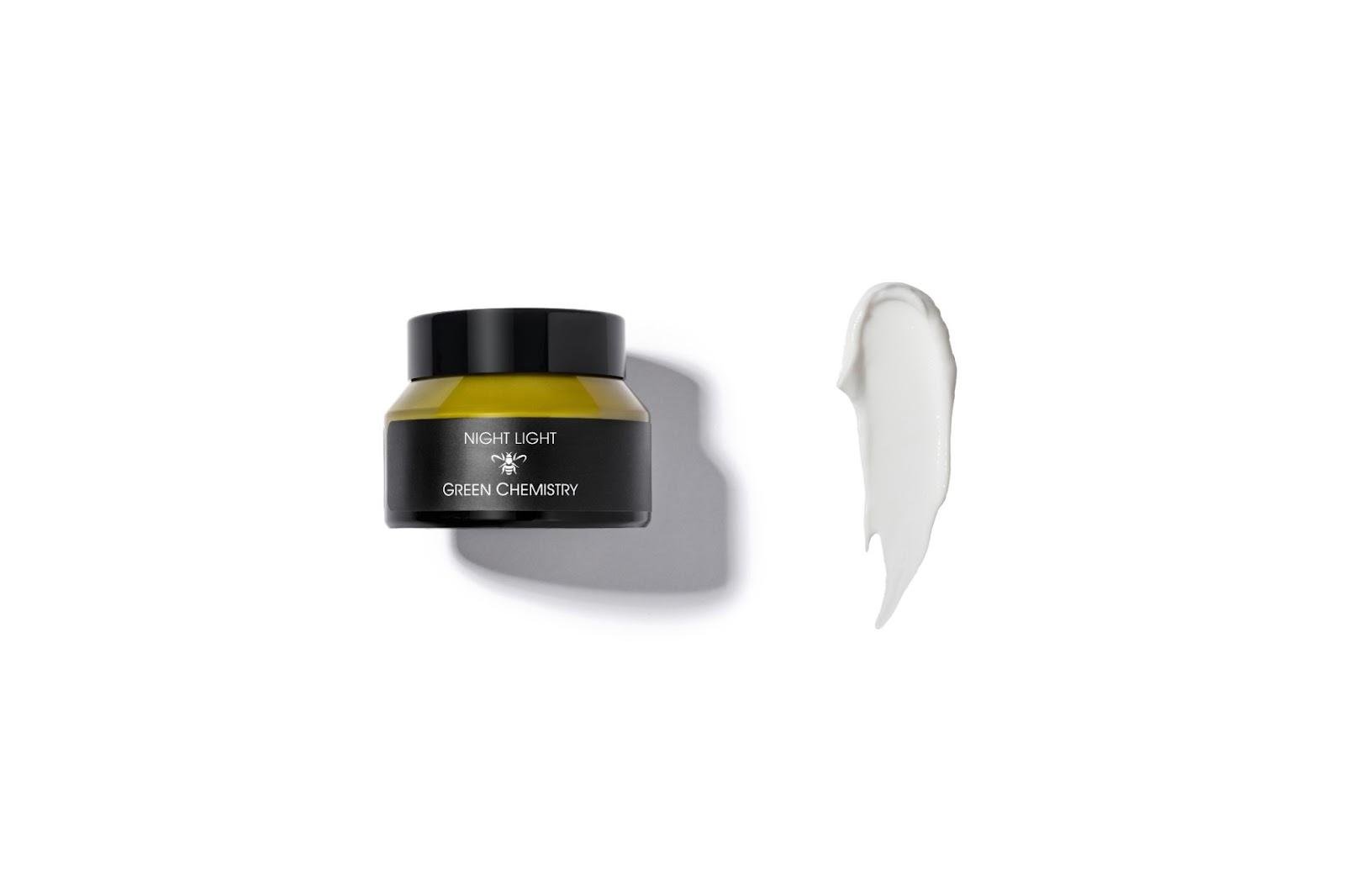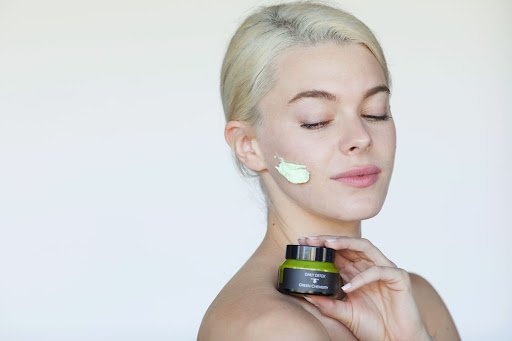5 Habits of People with Great Skin
Dimitra Karagiannidi
How your skin looks and feels might occasionally be influenced by genetics, but everyday behaviors are to blame more often than not. Some people appear to have skin that is inherently radiant and beautiful. Persons with beautiful skin frequently use these five practical practices to keep their youthful appearance.
1 . Wash Your Face
Makeup, dirt, oil, filth, and grime may all harm your skin. These toxins clog your pores, resulting in outbreaks that leave face scars in their wake. This is why washing your face daily with a powerful cleanser is crucial. Washing your face twice a day, once in the morning and once at night, is ideal. Even if you only have time to wash your face once a day, removing your makeup and other pore-clogging pollutants at night is still important.
2. Drink Lots Water
Drinking a lot of water is one of the most fundamental skincare practices. It is essential for keeping the skin moisturized and healthy. In addition to quenching your thirst, it will keep your skin moisturized. Numerous studies have shown that consuming plenty of water significantly raises the skin's moisture level, and dermatology supports water's hydrating effect on our body's skin. Drinking enough water can help you get clean skin with no apparent pores or flaws. Water aids in the removal of all debris from your body.
3. Apply Sunscreen
Your skin is also affected by too much sun. Too much sun exposure increases your chance of developing skin cancer, as well as causing spots, discoloration, fine lines, and wrinkles. Find a sunscreen that gives wide spectrum protection and at least an SPF of 30 and is zinc oxide based. This indicates that it offers UVA and UVB radiation protection.
What is SPF, and Why is it Important?
4. Moisturize
Regardless of skin type, you need to moisturize frequently. Your skin needs moisture to stay smooth and velvety, but it can help avoid problems. Dry skin may activate your sebaceous glands, increasing oil production and breakouts. Fortunately, a wide variety of moisturizers suit different skin types.
5. Eat Healthily
Your skin's condition is a good indicator of your body's health. Your diet and activity influence your body's health. You should consume fruits and vegetables high in vitamin C. Antioxidants, abundant in vitamin C, aid in protecting the skin from a range of harmful effects. Additionally, it enhances the skin's texture and quickens the healing process.
Sounds simple enough, no? The hardest part, aside from having the self-control to do these simple things, is figuring out what type of skin you have so that you can pick products that would work best for you.
Are you aware of your skin type? What kind of creams and substances are ideal for you? The four primary categories are normal, dry, oily, and mixed skin types. There are a few techniques to determine your skin type.





































